I was contemplating the problem I see in the way we approach classification, contending that there is no resolution to the endless addition of new names and arguments about their validity and usefulness unless we reach some agreement on method and purpose. The confusion about names, descriptions and identifications that had arisen in 1947 came about for four reasons. Small samples and inadequate exploration, too many unqualified experts, lack of insight into what species actually may be, poor methodology.
There is no excuse for this situation to continue. Sampling is at a very high level and because the other three elements have not been removed, confusion is as great as before. Many names may have been lost from sight, but there is no lack of new ones to replace them. Experts are a problem and their qualifications even more so. In my own experience I have communicated with many highly qualified botanists who have contributed absolutely nothing to the resolution of problems as basic as typification of names, or definition of the word ‘species’. So what then contributes to qualification? This is surely an unbridgeable problem when amateurs have dabbled so freely in plant classification with apparent success. But their success has come from the failure of qualified botanists to put something more substantial in place than a nomenclatural code for binomials and nothing to indicate what those should mean, or who is competent to generate or change them.
Neither of those problems can be solved by me. My contribution has been to see as much as I can of what others have seen, and then to myself explore in both the arena of the subject matter and the periphery of biology that touches it. What I have done is to try and relate what I have read and been taught to what I have observed and experienced. In this way “species” have become a reality as systems of populations and individuals that are spread in space and change with time. Whether evolution is a fact or not I cannot say, but change certainly is. Classification since Linnaeus, has always been associated with this change but not necessarily by everyone. But in the time of Linnaeus, the sampling level was very low and anything new could be, or was, interpreted as a new species and diagnostics were put in place to aid identification. Hence even the Latin binomial was a diagnostic. As the sampling level has been raised so has the system come under increasing stress and it is a fallacy to think that only Haworthia is problematic. However, this is the genus under discussion here and we have to admit that the diagnostics and the methodology do not work.
H. limifolia can be used as an example to illustrate the situation.
It is to all intents isolated from the rest of the genus. We do have H. koelmanniorum sitting to the far north-west and then H. tessellata further to the south-west. Otherwise the rest of the genus is in the Cape. The issue of subgenus need not be seen as a consideration here even though the differences there are as great as any elsewhere in the family.
H. limifolia has a very wide distribution from Komatipoort in the north, westwards and southwards to Vryheid, eastwards and southwards to Gollel and then Stanger in KwazuluNatal. The whole of Swaziland and a large part of northern KwazuluNatal may harbor this species. We need to even ask …”Is it a species?”
The fact is that there are very different elements involved in respect of individual appearance and virtually all aspects of that individuality. The possibility is that whole populations may be derived from vegetatively propagating individual clones. Some plants are solitary and propagate with difficulty. Others proliferate as vegetative offsets or by stolons. The leaf shape and surfaces are highly variable. The surfaces may be flat or channeled; absolutely smooth, to having raised wave-like wrinkles, to tuberculate with small individual tubercles, or the tubercles may be fused in groups and ridges. These may be normal leaf-coloured or they may be white. Flowers are extremely variable and so are the seeds and the capsules. Flowering time seems to be opportunistic and in cultivation the plants may flower at any time, usually synchronizing during the summer months.
Do we really have any alternative but to see this as one single very large operating systems, despite all the real problems of isolation by distance and hence the associated problem of gene transfer between individuals and populations? Is it sensible or even practical to insist or suggest that there must be Latin binomials that describe (in the early Linnaean sense) the situation or, more importantly, that there are diagnostic characters by which such single taxa (groups, species, varieties, forms etc) can be identified?
How can the situation we observe in this relatively isolated system and (species?) be extrapolated to the Cape where all three subgenera and the bulk of the species occur?
Recently two authors have proclaimed the value of floral morphology in resolving this ongoing disputation about the species. What their actual view of what species are has not been spelled out but it appears to be a belief that simple structural (morphological) differences are what define them. Behind this must lie the unconscious acceptance of the original definition of species that they were systems of interbreeding or potentially interbreeding organisms. Thus flower structure is assumed to be linked to the breeding system and therefore very important in classification. This view of species still seems to be the power behind classification although it has long been recognized that in plants inter-fertility may extend across generic difference.
In Haworthia the flowers, even across the sub-genera, are fairly similar and especially in regard to size. Within the sub-genera, the similarities between what are considered to be species, is remarkable. There are even exact similarities that can be found in what are truly geographically and vegetative different populations. Flowering time seems to suggest some kind of additional factor but even here it is evident that breeding can occur between populations with flowering times 6 months apart. It has to be considered that flowering time differences like this might even be a characteristic of a species. This has in fact been shown for H. marginata and H. minima that surely can otherwise seen to be different systems.
The pollinating agents are insects and it seems as if flower size may be linked to that fact as it is so consistent across the genera and whatever are thought to be the species. Here I just present a number of pictures of the profiles and faces of flowers from 5 populations H. limifolia of which some are from different clones in those populations. A difficulty in viewing flowers is that they change with age, and place on the peduncle. They only last about three days and it is thus difficult to compare flowers of exactly the same age and condition. Of course these are poor pictures but no essential and detail is lost here by poor focus. But it is quite obvious that there is bigger difference between the two flowers (profiles) of the plants from Ithala than there is between them and other populations. Consider too that it can be very difficult to distinguish any of these flowers from those of other species in the subgenus Hexangulares. This essay is not submitted as conclusive evidence and argument and I will enlarge on this in a following essay.
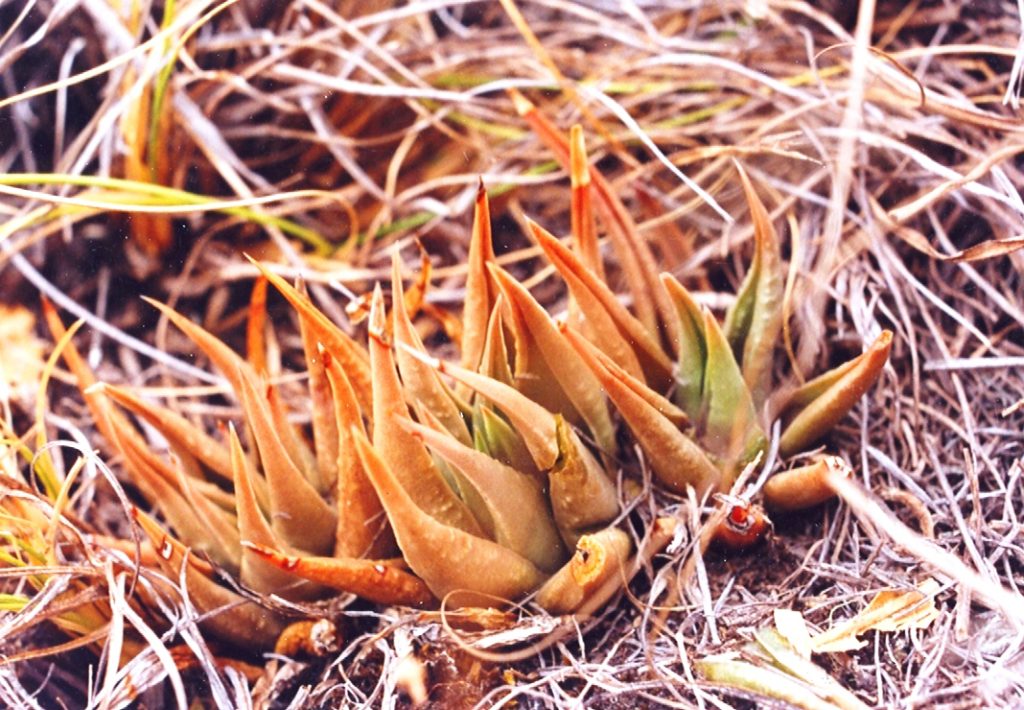
MBB7145 H. limifolia var glaucophylla. Three Sisters, Barberton. 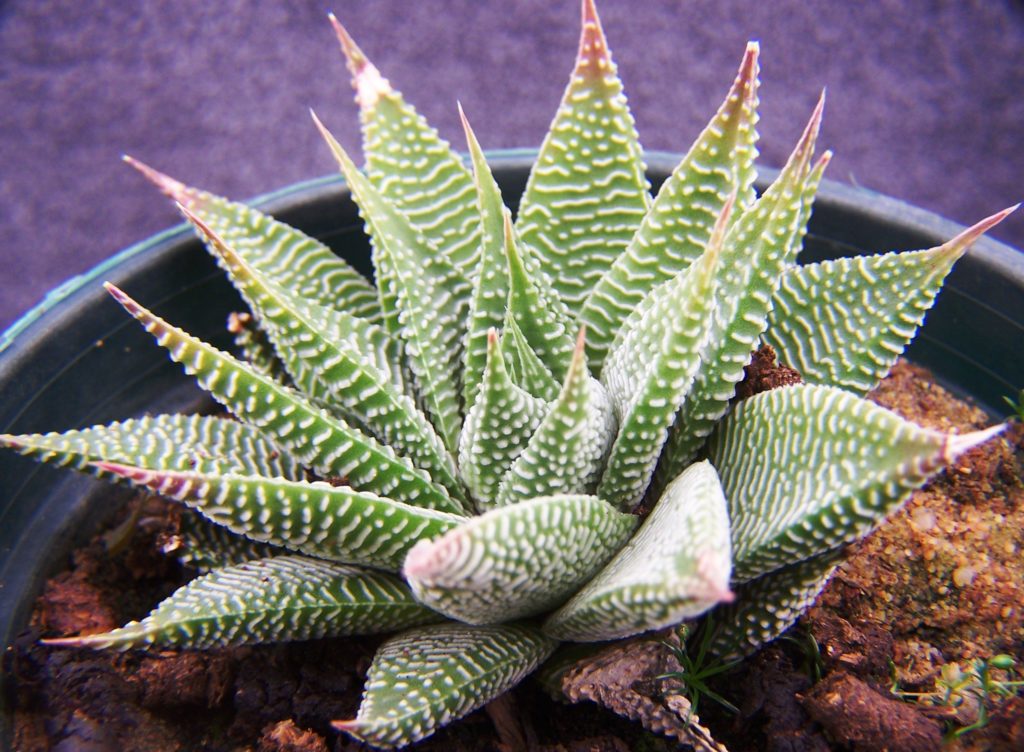
EvJ19330 H. limifolia var gigantea. Zuka, NE Hluhluwe.
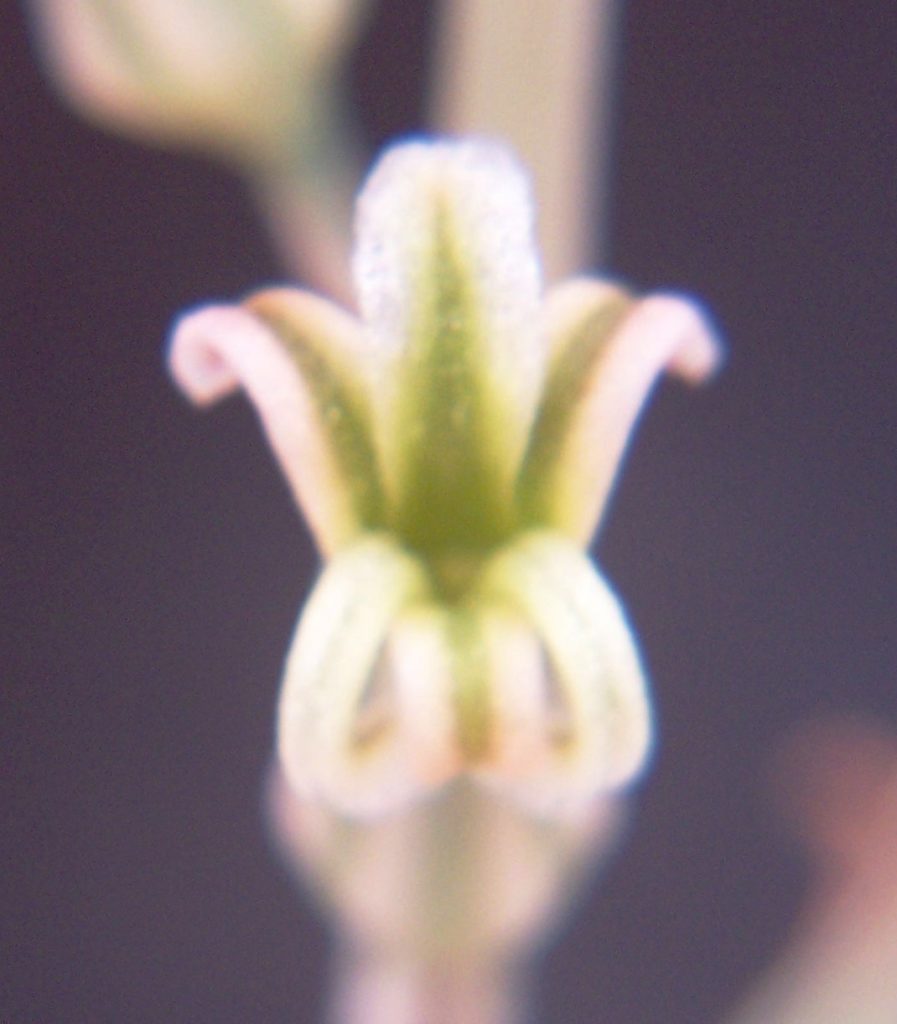
7137a H. limifolia Bumbeni 065 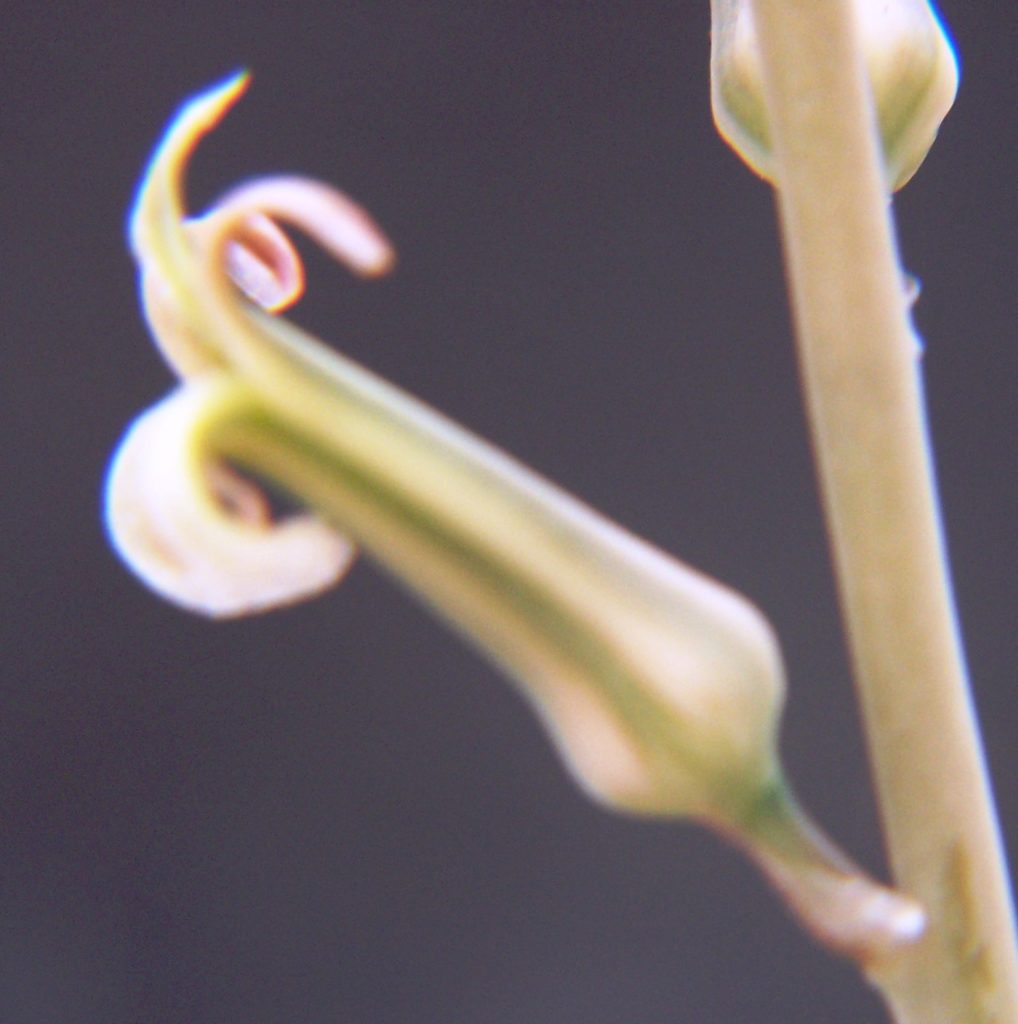
7137a H. limifolia Bumbeni 066 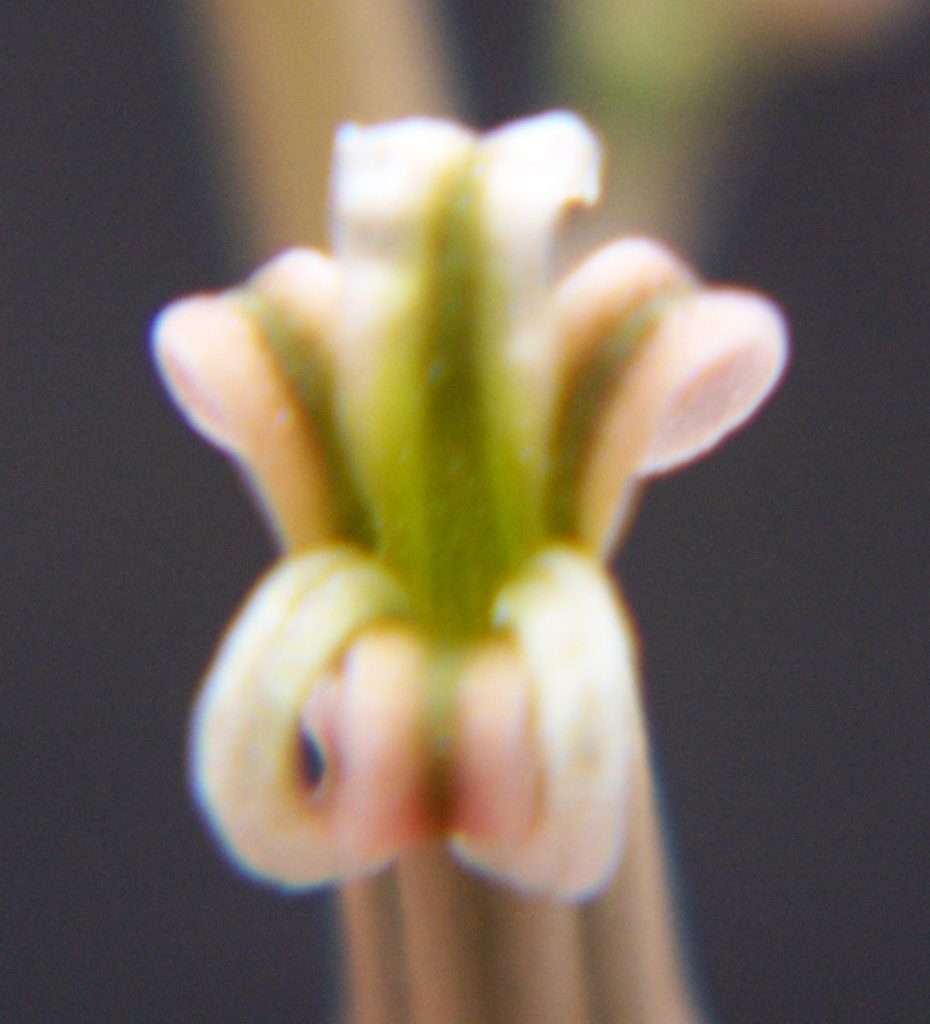
7137c H. limifolia Bumbeni 062 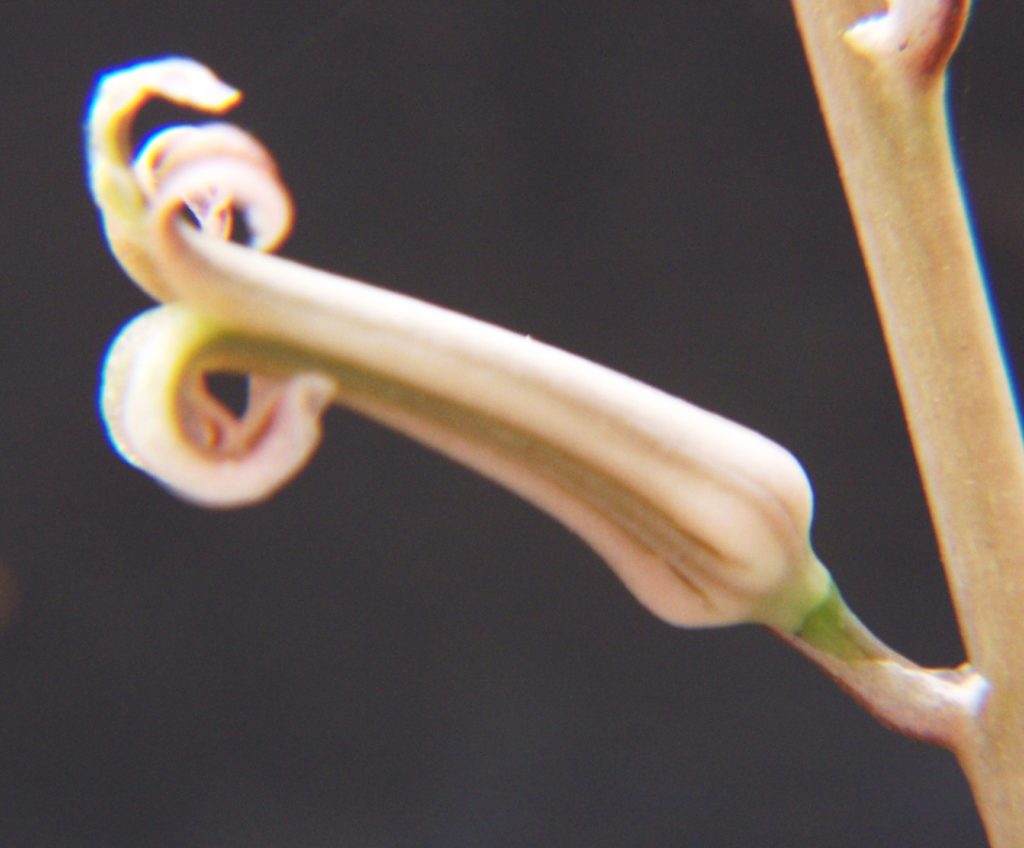
7137c H. limifolia Bumbeni 063 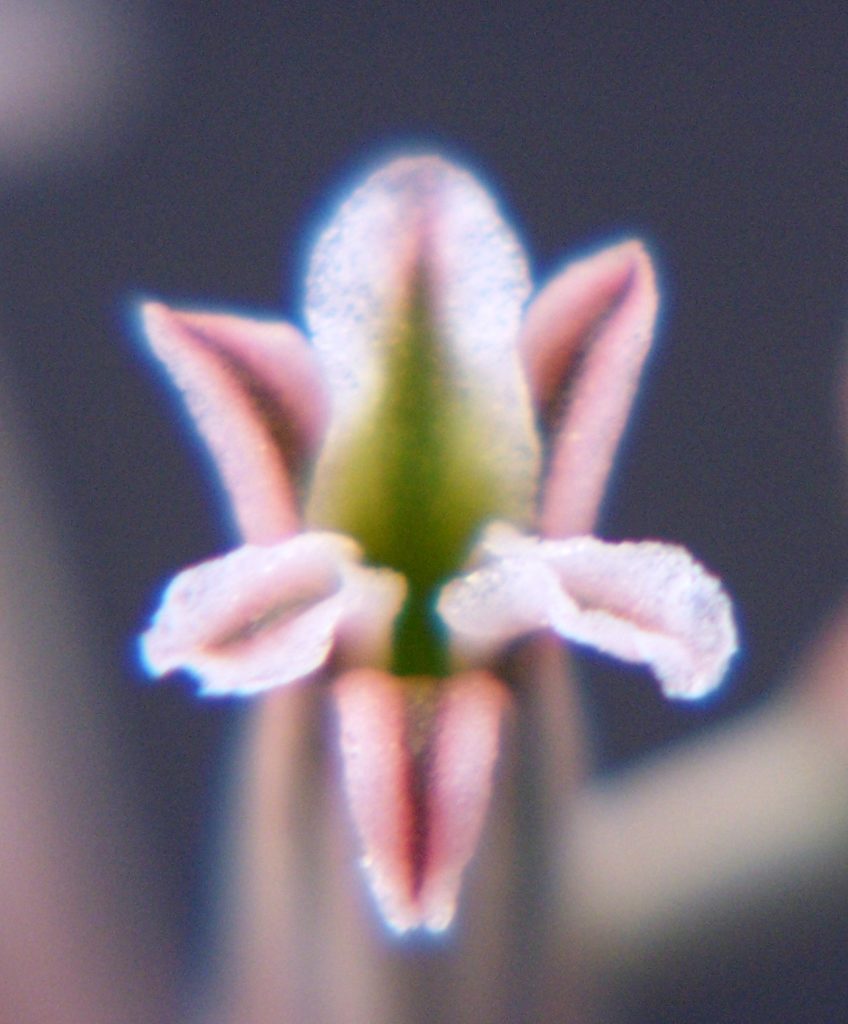
7146a H. limifolia Bivaan Dam 077 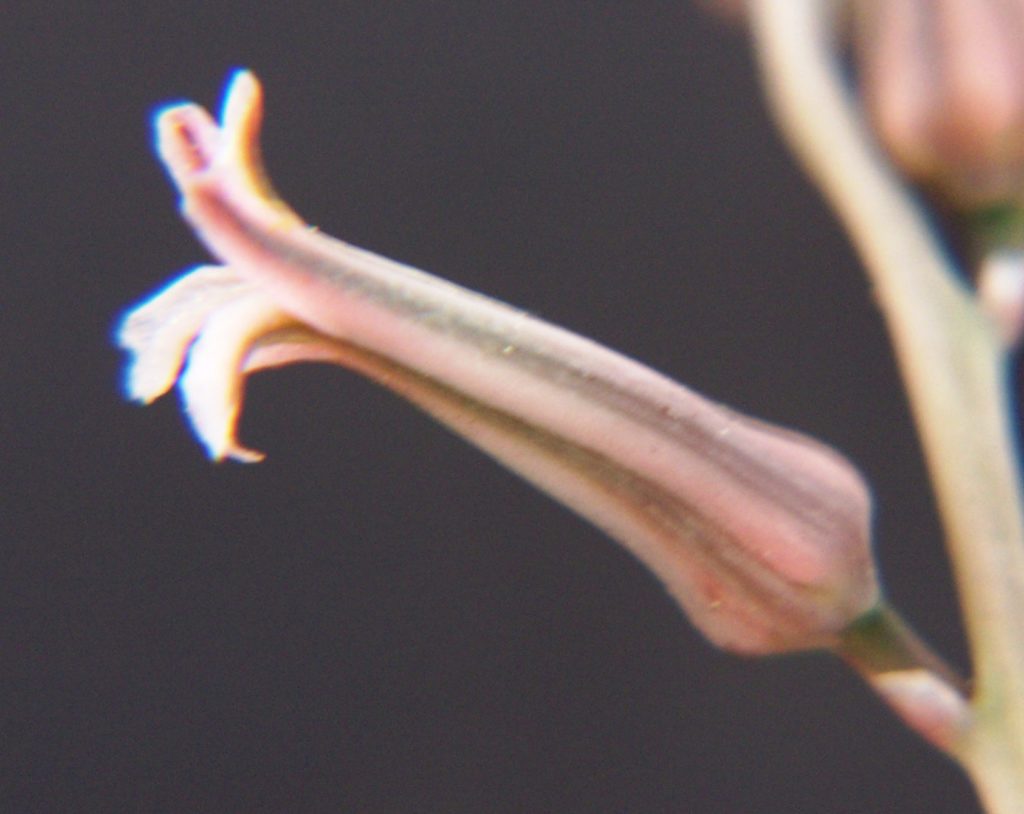
7146a H. limifolia Bivaan Dam 078 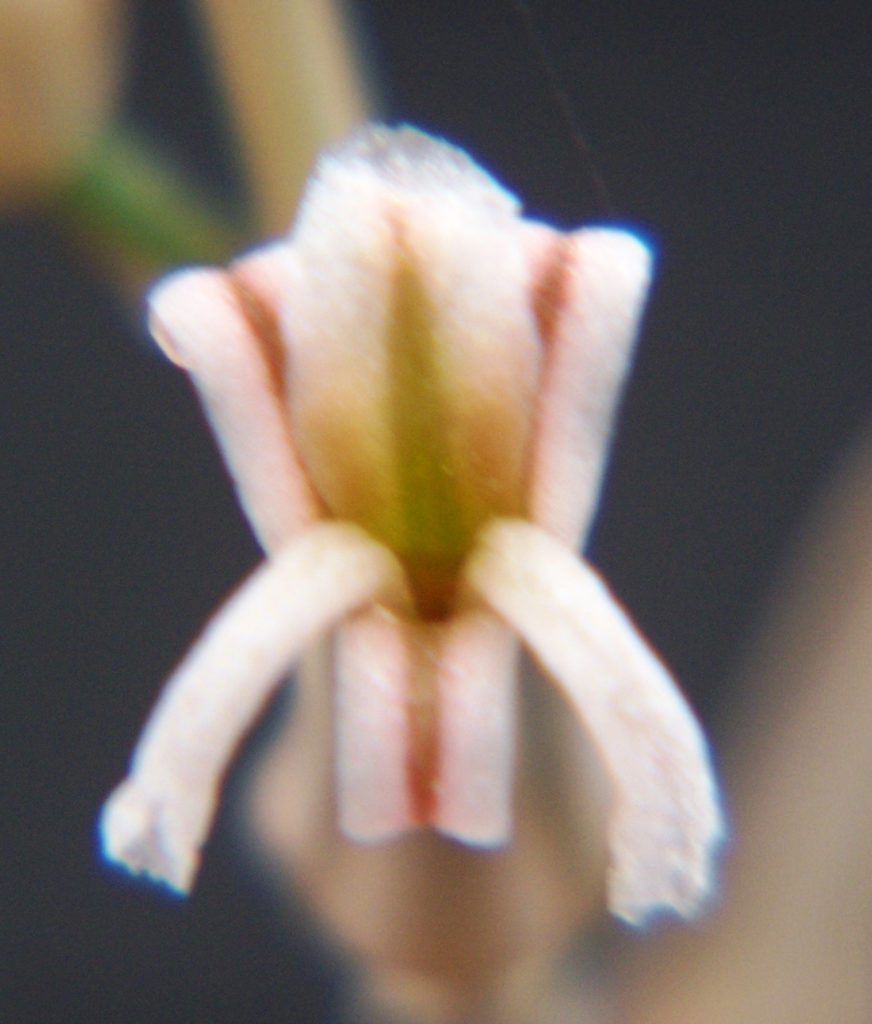
7146b H. limifolia Bivaan Dam 080 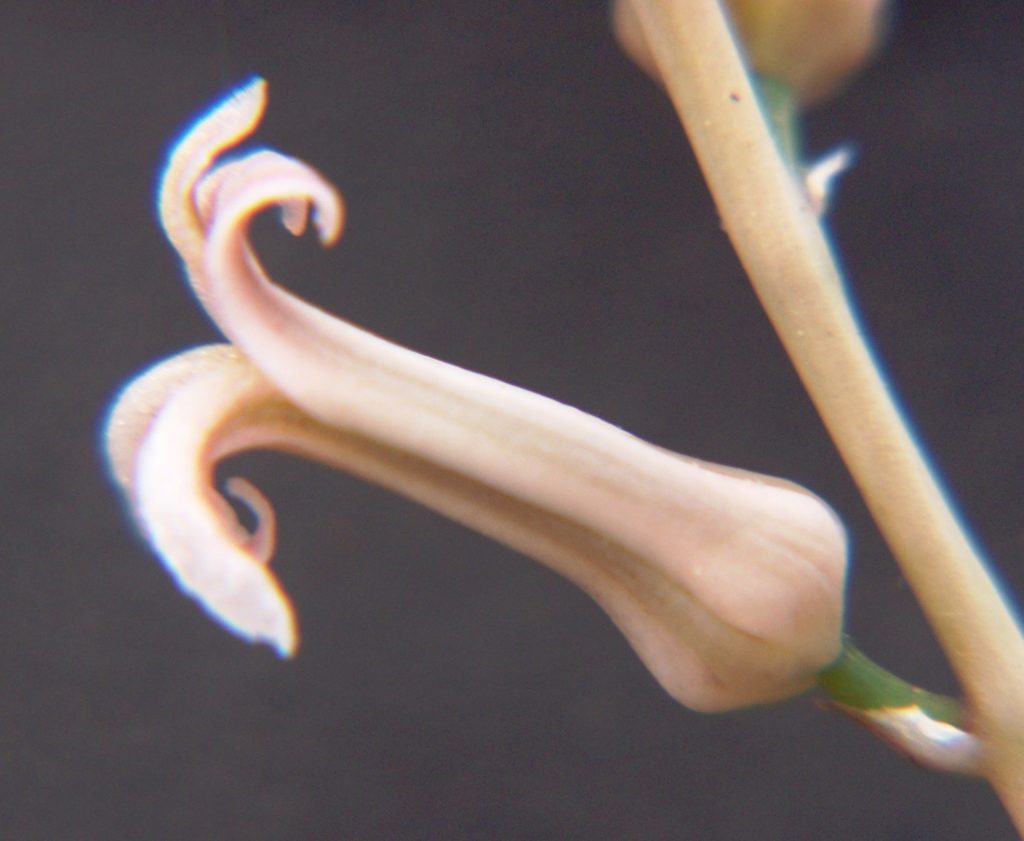
7146b H. limifolia Bivaan Dam 083 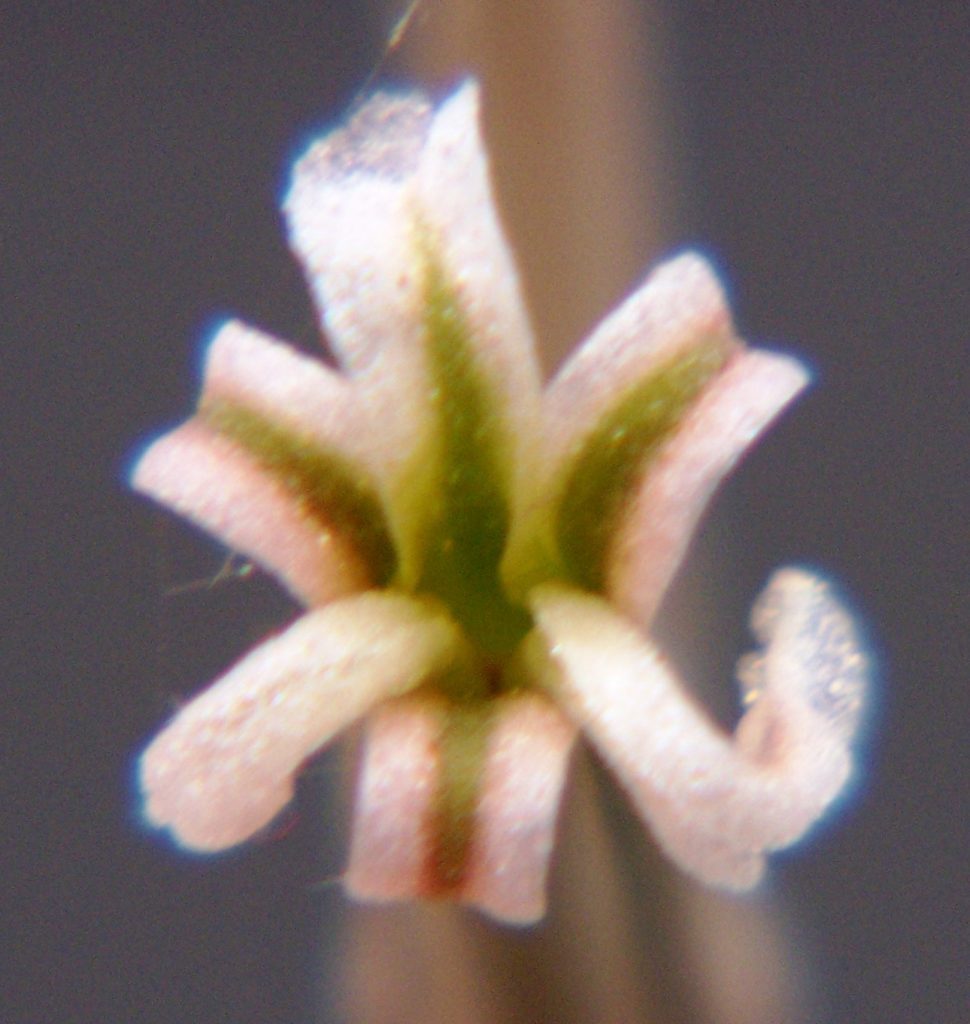
7147a H. limifola Ithala 068 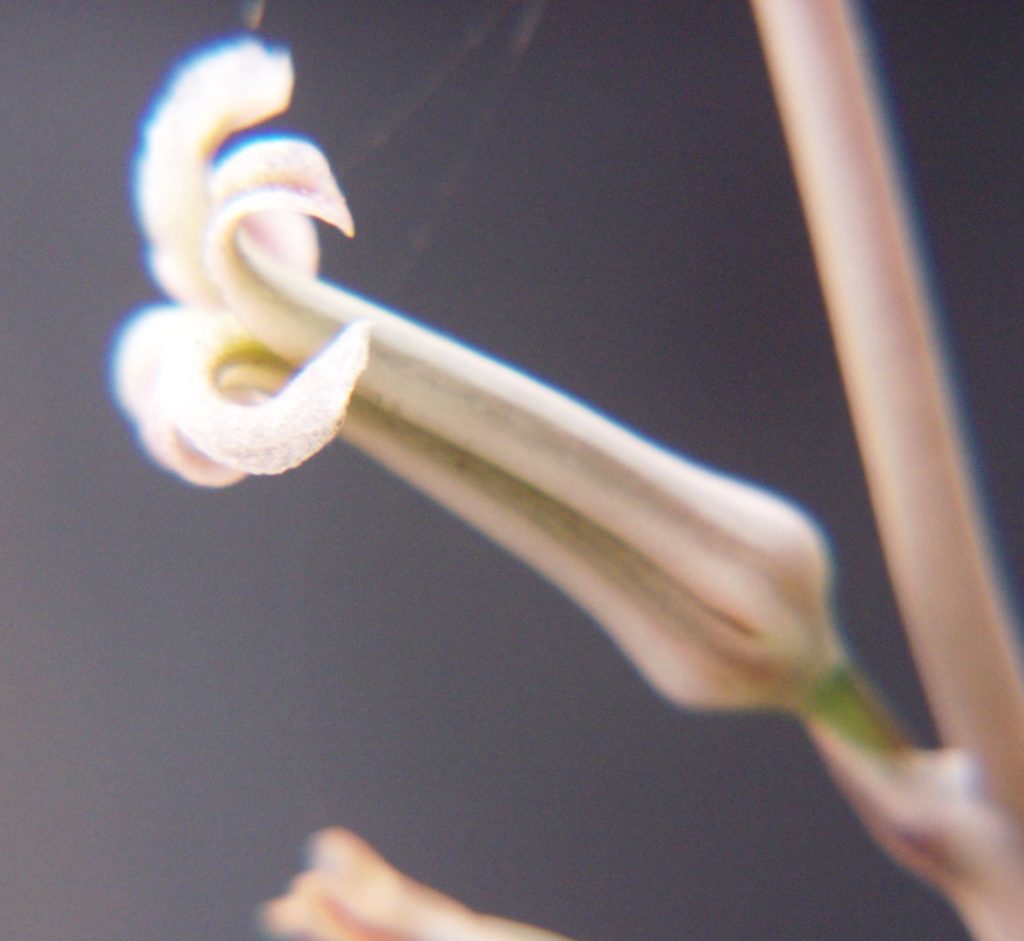
7147a H. limifolia Ithala 069 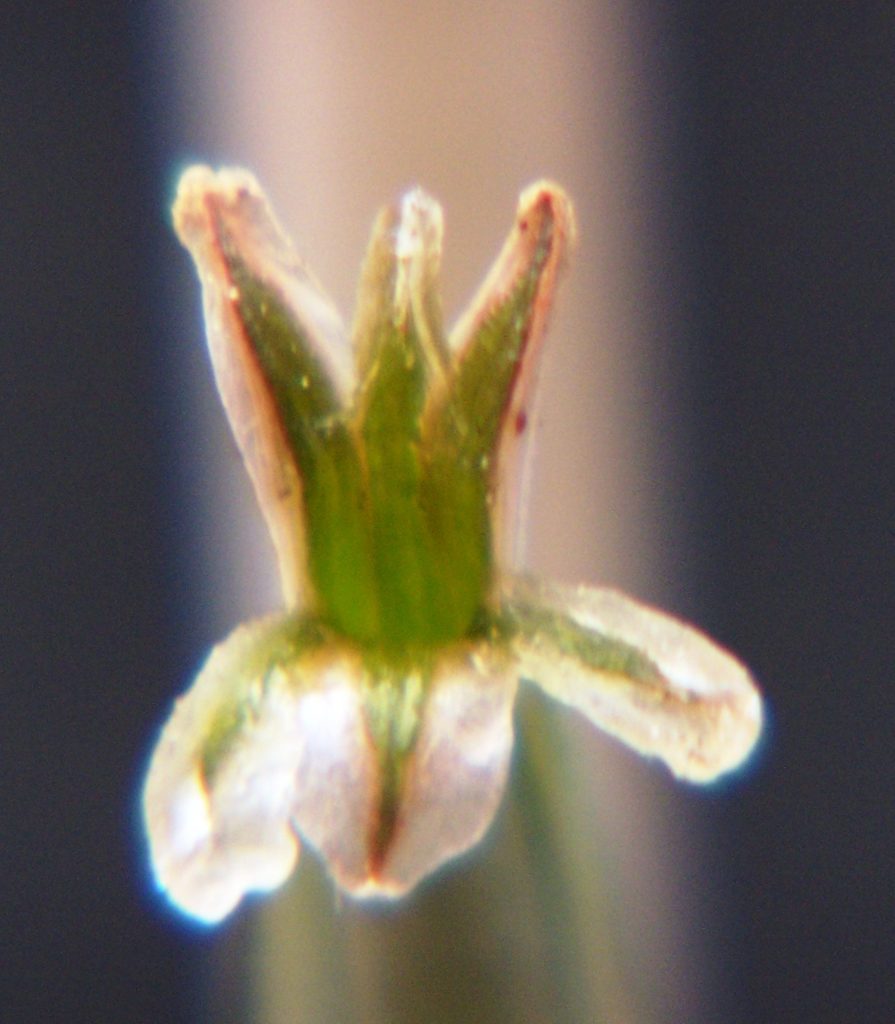
7148.2 H. limifolia Ithala 073 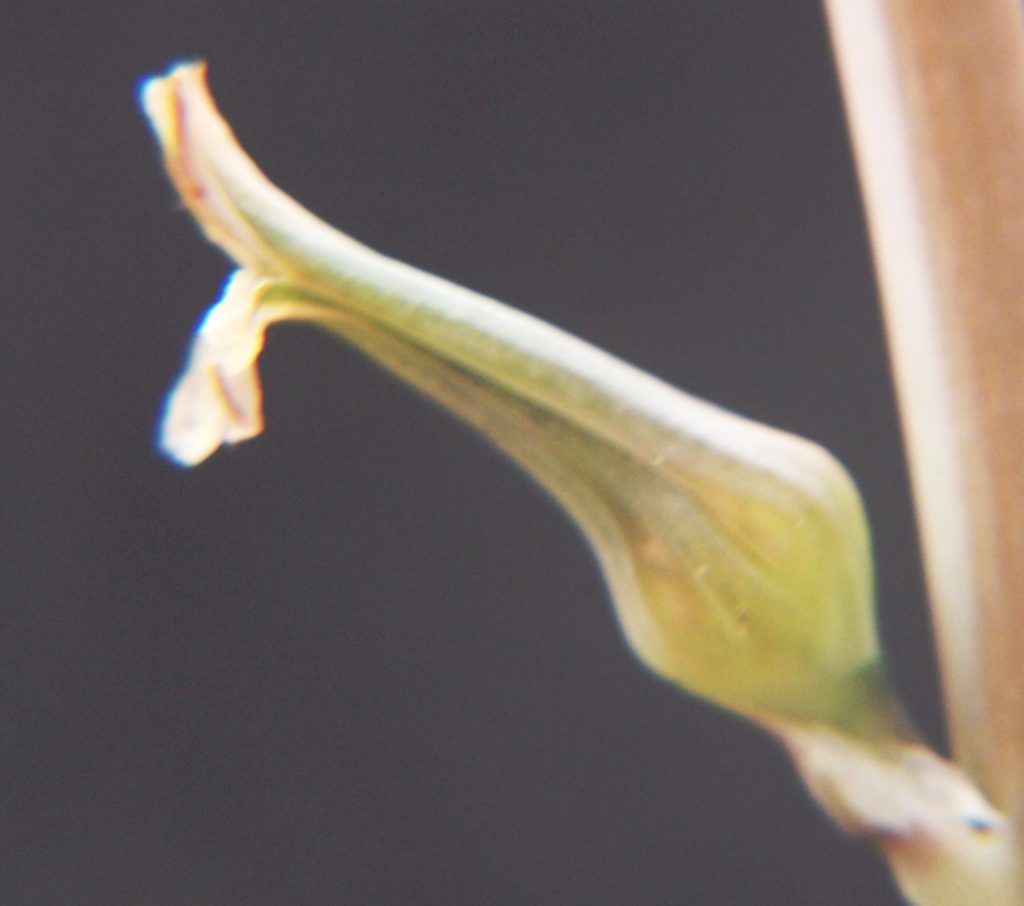
7148.2 H. limifolia Ithala 072 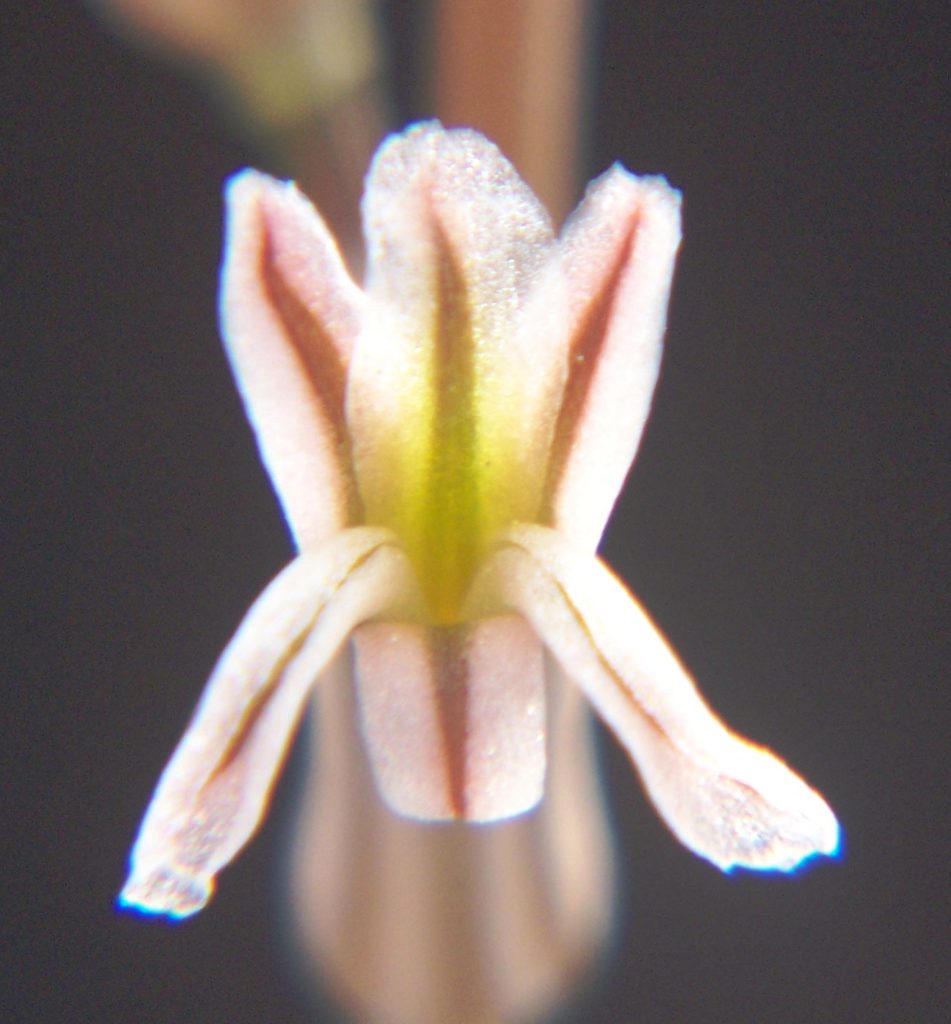
7142 H. limifolia. Mays Mine 101 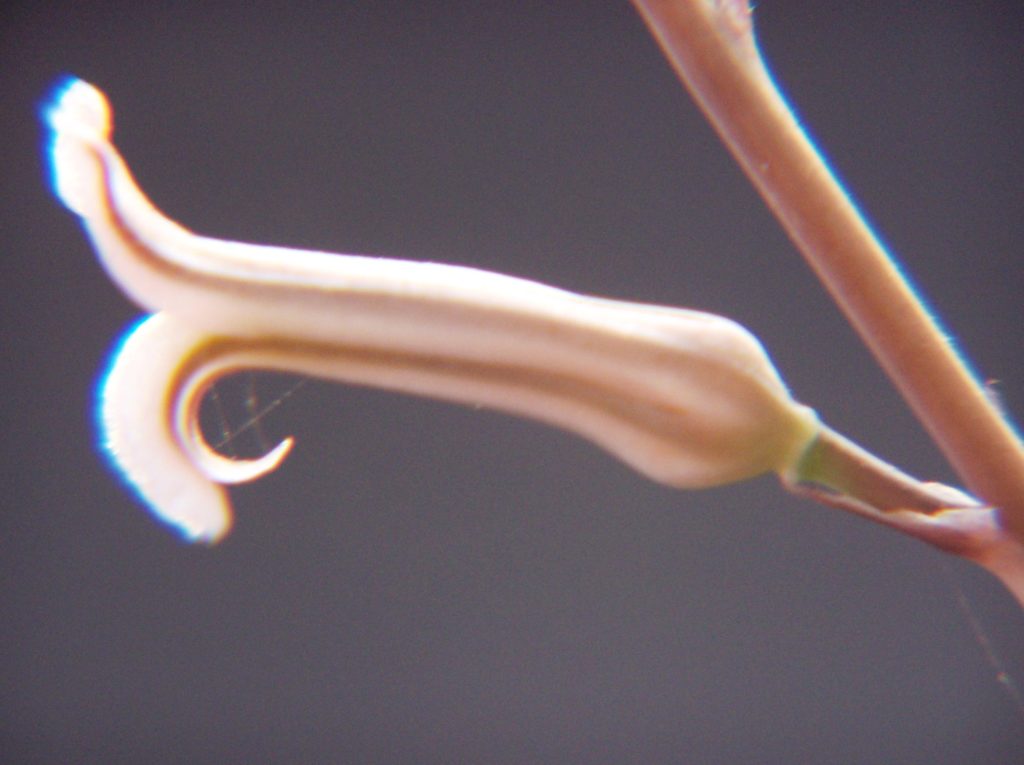
7142 H. limifola. Mays Mine 099 
7141 H. limifolia Rymers Creek 059
